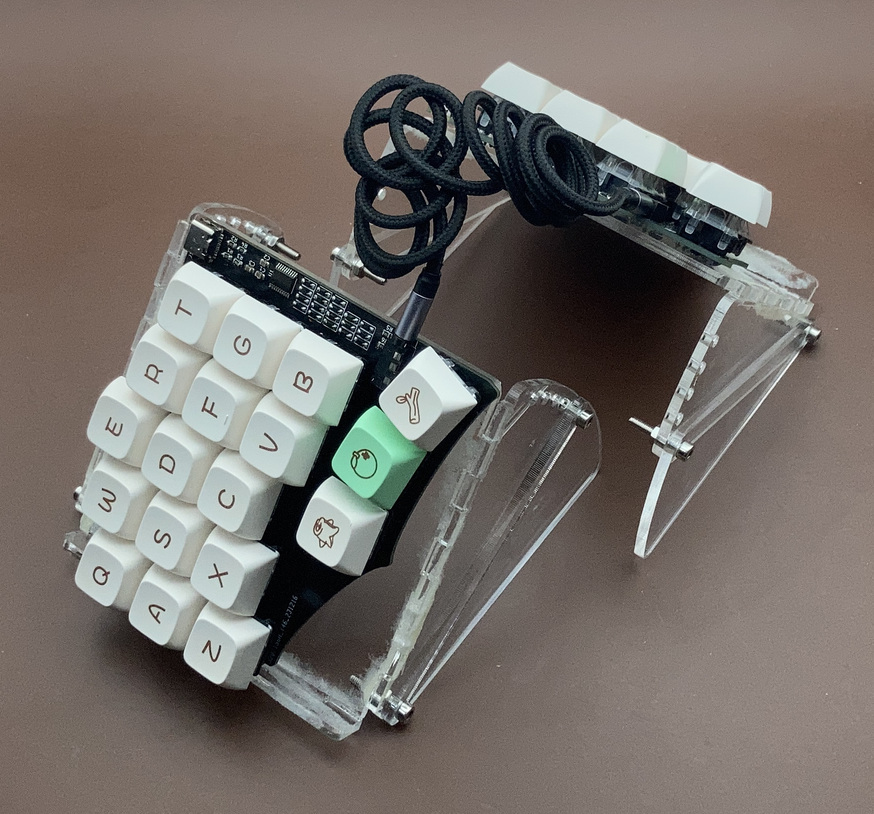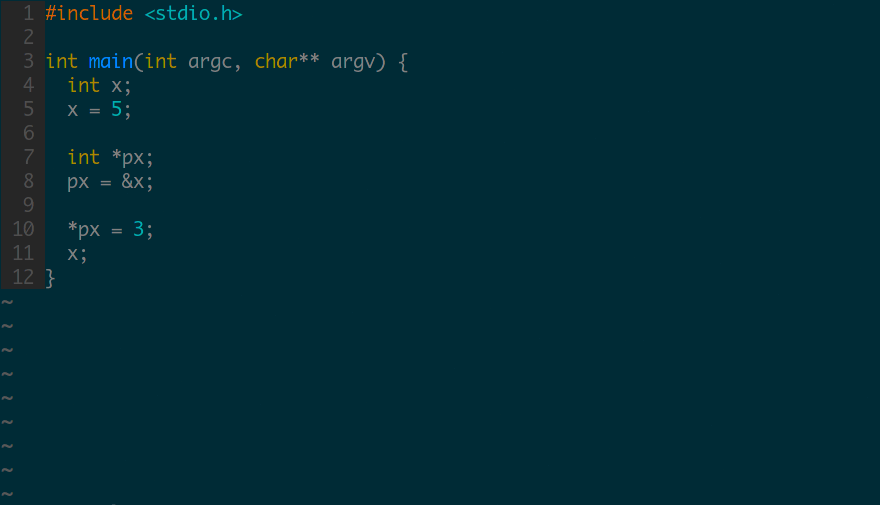I hail from New Zealand.
I studied my undergraduate degree BComp (Hon) at the National University of Singapore, 2011-2015.
I’m currently based in Vietnam.
- https://github.com/rgoulter/keyboard-labs
I have designed several custom keyboard PCBs, as well as some plates/cases for these.
- https://github.com/rgoulter/dotfiles
My dotfiles, using home-manager to link my configuration files. Includes the NixOS modules I use as part of my NixOS configuration.
- https://github.com/rgoulter/c-worksheet.vim
Shows the output of simple C programs alongside the code, in a similar manner to Swift Playgrounds or Scala worksheets. This was done as part of my undergraduate dissertation project.
- https://github.com/rgoulter/my-hakyll-blog
My configuration of Hakyll, the Haskell static site generator.
- https://github.com/rgoulter/cs5237-VoronoiArt
A wee Voronoi Art program, built using C++, Qt 5, OpenCV. This was done for a computational geometry course.
- https://github.com/rgoulter/qmk_firmware/tree/add-layout-rgoulter/layouts/community/planck_mit/rgbmatrix-snake
The directory
layouts/community/planck_mit/rgbmatrix-snakeon the branchadd-layout-rgoultercontains a program for playing a “Snake” game on the BM40RGB ortholinear keyboard.


